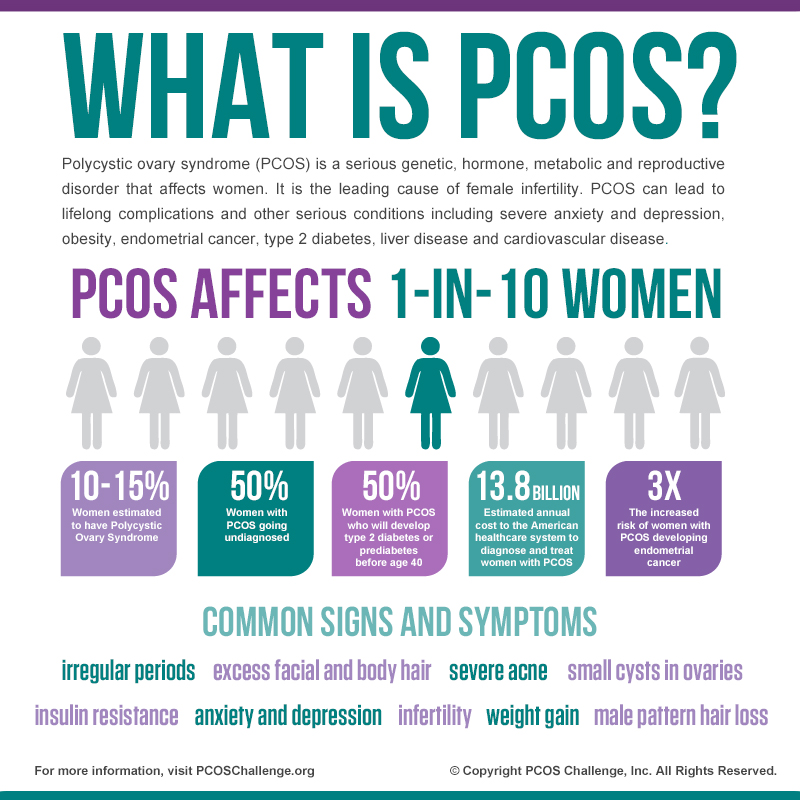Although I strive to provide accurate general information, the information presented here is NOT a substitute for any kind of professional advice, and you should NOT rely solely on this information. Always consult a professional in the area for your particular needs and circumstances (medical, health, etc.) prior to making any professional, medical, health, therapeutic, psychological, or counseling decisions. For your health related questions, please seek the advice of a licensed physician or any other qualified health care provider immediately. Always take medication(s) as directed and prescribed by your licensed physician or qualified health care provider.
It may be hard to believe, but for some of us, getting pregnant doesn’t seem to come that naturally or easily. For me, I never thought that this would be an issue.
After all, by the time we started thinking about having kids, my sister already had 3 children in elementary school. However, the drastic difference between my sister and I were our ages. My sister started motherhood at the age of 22 – and I was starting at the age of 32.
I had been on the birth control pill for 5 years before trying to conceive. Once we decided to start trying, it took me almost 2 years before deciding to go and see a fertility specialist. I didn’t realize that my once-monthly clockwork menstrual cycles, would have been in any way altered during the time I was on the pill. This part, I took for granted. I just figured, stop the pill, and the cycle will just start like clockwork again – every month.

However, in my case, after stopping the pill – I only had 9 cycles in 12 months. When you’re NOT trying to get pregnant – that’s not a big deal. But when you ARE trying to get pregnant, it’s like a decreased or missed opportunity of 25%. That’s huge in my books!!
My female family doctor asked how long we had been trying to conceive and when she heard about the time frame and the infrequency of my cycles after getting off the pill, she recommended that I see a fertility specialist right away. Conversely, my husband’s male family doctor said that there was nothing to worry about and to keep trying. Not sure if there was a gender bias – but clearly, our respective family doctors had a difference of opinion.
Polycystic Ovaries (PCOS)
I’m glad I went with my gut instinct and followed my GP’s advice; and not to wait any longer. This is when I was introduced to my obstetrician/gynecologist (OB/GYN). When I first met him, I wasn’t sure what to expect. He took an extensive history from us before proceeding with further testing and lab work. It was after this workup, that I discovered I had polycystic ovaries (PCOS).

I had no idea what PCOS was until he explained it to me in a simpler manner. In essence, he told me my ovaries look like a reverse golf ball – instead of the dimples dipping into the golf balls, my eggs were adhering themselves to the external or outside part of my ovaries. Therefore my ovaries look like they had little bumps all over them. He surmised that this was potentially one of the issues in why I was having difficulty conceiving.
He said that almost 50% of women aren’t even aware that they could be experiencing this issue. Whoa – I really had no idea.

PCOS Challenge: The National Polycystic Ovary Syndrome Association worked with U.S Representatives David Scott (GA-13) and Roger Marshall, M.D. (KS-1) and U.S. Senators Elizabeth Warren (MA) and David Perdue (GA) in the U.S. Congress to introduce Resolutions recognizing the seriousness of Polycystic Ovary Syndrome (PCOS) and expressing support for the designation of the month of September 2019 as “PCOS Awareness Month” (H.Res.146).
We (OB/GYN, husband and I) thoroughly discussed what potential options existed, the relative success rate of each option, the costs involved and what were going to be the next steps. He advised that I should probably try the most non-invasive procedures first and then work my way up given costs. He shared with us that he can do many things, but the one thing he cannot do is reverse time and make my ovaries younger.
Fertility Medications – Clomid or Serophene
I started with oral medications, “Clomid” or Serophene. He advised that we should opt to pay out of pocket for it and save the insurance plan funds for later use – in case we needed to pursue invitro-fertilization (IVF). Fortunately for us, he explained that some insurance carriers would only cover one fertility treatment. Some insurance would consider Serophene as part of fertility treatment. Given the huge cost difference between Serophene and IVF – we followed his advice and use the insurance funds later.

I was on these medications for 3 months and they didn’t initially yield any positive results. My OB/GYN then added Metformin medication (a diabetic medication) to my fertility treatment plan. At the time, he explained that some studies were indicating that the combination between Metformin and the fertility medication – can and did help some women conceive by increasing the ovulatory rate. We figured it was worth a shot and proceeded.
With the next 3 months being on this combination of medications, I was finally able to get pregnant at month 6!! The first hurdle of pregnancy was achieved. This was our fertility journey for both our first and second pregnancy. My third was my little “miracle”. We conceived all on our own without medical intervention. My OB/GYN applauded and said “you did it!”. I’m so beyond grateful for all his assistance, time and patience with us.
Please note that there maybe side effects with most medications. You should consider discussing potential side effects with your licensed physician before taking this drug. For the list of potential side effects, please click here. For me, I had some nausea, muscle pain, and dizziness.

Everyone’s pregnancy journey is different, so I want to create a safe place that is free of judgment for women who are struggling with pregnancy to have a community that can support them. If you want to share your story, please feel free to do so by commenting below. I’d love to support you!
Slightly Petite, Wendy






Leave a Reply